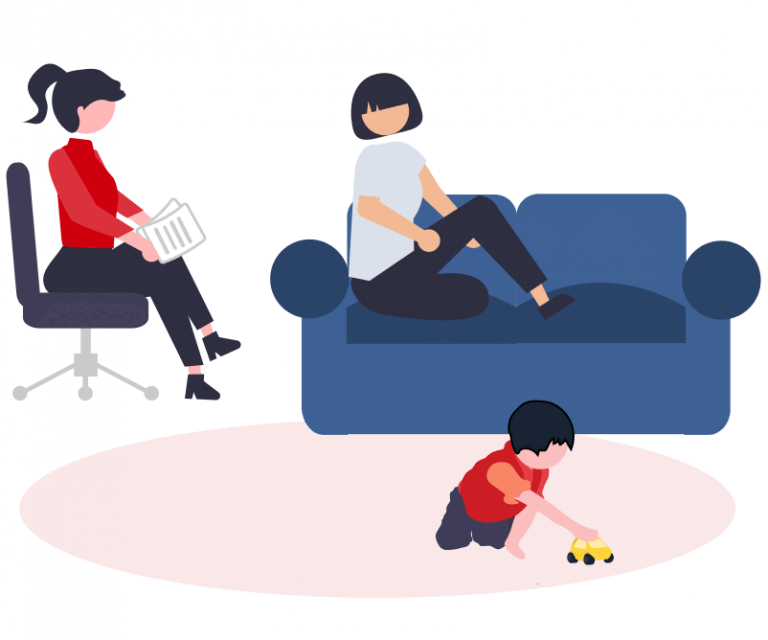Autism Spectrum Disorder Evaluation

Social interactions and communication are central to a child’s cognitive, emotional, and behavioural development. Our ability to effectively communicate, interpret social cues and situations is essential to our ability to navigate the world around us. Autism spectrum disorder (ASD) refers to a broad range of conditions characterised by social, communication and behavioural challenges. The severity of ASD is on a spectrum, which means that it affects each child differently and to varying degrees.
The ASD evaluation consists of two main components: a cognitive abilities assessment and the Autism Diagnostic Observation Schedule (ADOS). The cognitive abilities assessment evaluates a child’s thinking, reasoning, memory, and processing. While the ADOS is considered the gold standard assessment instrument used to help inform the diagnosis of ASD, as well as the correct intervention, treatment plan, and educational placement. It is an activity-based assessment which includes structured and semi-structured assessment of communication, social interaction, repetitive behaviour, and play. The assessment is administered by a trained clinician and an observer.
How do I know my child needs the evaluation?
- The child is over 9 months of age
- There are concerns regarding the child’s developmental milestones (such as language development, and psychosocial development)
- There may be concerns regarding the child’s behaviour and social interactions
What is included in the assessment?
We conduct the evaluation in the morning to ensure we are assessing the child when they are fresh and not fatigued.
| Components | Duration |
| 1. Initial caregiver consultation | One hour |
| 2. Assessment session | Three to six hours *depending on the age and behaviour of the child |
| 3. Feedback session with caregivers | One hour |









